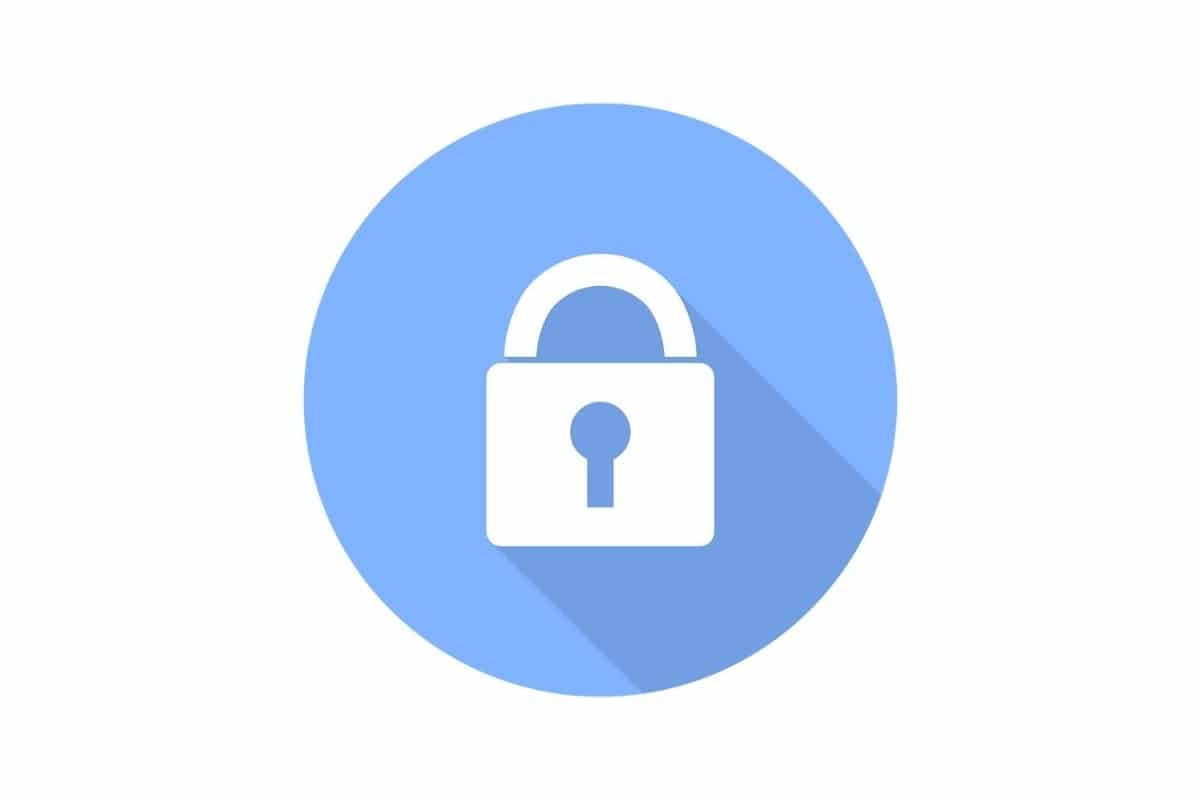The global landscape of work changed dramatically with the 2020 COVID-19 pandemic. Businesses shifted to a digital-first approach, choosing to store data and protect sensitive information online. In 2021 alone, According to Statista, reflecting a 37% surge from the previous year.
SASE Architecture and SASE Security Models

This shift to cloud-based data management was further fueled by the rise of work-from-home arrangements. However, this reliance on cloud technology brought with it an increase in cyber threats, highlighting the need for robust security measures to safeguard company data.
Secure Access Service Edge (SASE) frameworks have emerged as a vital solution for businesses embracing digital transformation. These frameworks, coupled with strong SASE security models, offer the protection needed for critical business information. This article will delve into both SASE architecture and security models to provide organizations with a clearer understanding of these modern security tools and strategies.
What is a secure access service edge?
Secure Access Service Edge (SASE) presents a new paradigm for data security in cloud-based networks. Gartner initially announced introduced the SASE concept in early 2020 to address vulnerabilities inherent in traditional network structures.
SASE enables secure remote access to cloud services for geographically dispersed workforces. This model prioritizes mobility, speed, simplicity, and cost-effectiveness. It achieves this by merging security functions like CASB, SWG, ZTNA, and FWaaS with WAN capabilities, effectively addressing evolving organizational needs.
The SASE concept is inherently straightforward, emphasizing cloud security and its role in shaping the digital transformation of businesses. However, a comprehensive understanding of this new framework is crucial before its implementation within any organization.
Why SASE, and why now?
The modern business landscape is defined by shifting workloads, a distributed workforce, and evolving customer expectations. Organizations need a new framework built on cloud-first principles that seamlessly integrate network security with infrastructure. SASE, short for Secure Access Service Edge, emerges as a direct response to these three key shifts, offering a streamlined, adaptable, and robust infrastructure with consistent security across clouds and edge environments.
Shifting workloads: This refers to the ongoing migration towards cloud networking, enabling anytime, anywhere access to applications from any device.
Shifting employees: Driven by the rapid evolution of digital workspaces and external factors, employees are increasingly seeking flexible work arrangements.
Shifting aspirations: Digital transformation has also impacted customer expectations. They demand accessible, secure, and affordable services.
SASE addresses challenges such as: ensuring continuous network and application monitoring, providing comprehensive security for dispersed users, devices, and applications, and offering integrated, as-a-service support operations. This makes it a significant improvement over traditional approaches reliant on inefficient, costly, and complex centralized infrastructures ill-suited for cloud-centric environments.
SASE security model
The SASE security architecture allows for seamless integration and operation of different security technologies, enabling businesses to move away from fragmented security solutions. However, successful SASE adoption requires organizations to embrace specific information security policies and procedures.
Here are some key components of the SASE security framework:
SD-WAN
SD-WAN, or software-defined wide area network, leverages cloud infrastructure for routing traffic across the network. Unlike traditional frameworks that route traffic through a central data center firewall—leading to performance bottlenecks—SASE utilizes SD-WAN for more efficient and secure traffic routing.
CASB
Cloud Access Security Broker, or CASB, is a critical tool enabling organizations to enforce security policies across their SaaS applications. It relies on standards like Security Markup Language (SML) for authorization and authentication processes.
FWaaS
While deployable on-premises, Firewall-as-a-service (FWaaS) is more commonly implemented in cloud-based SASE environments. FWaaS delivers similar functionalities to traditional network firewalls, such as network management, traffic shaping, and IP mapping, but with advanced, next-generation firewall capabilities.
SWG
With employees frequently requiring access to resources outside the secure network perimeter, vulnerabilities increase, and policy enforcement becomes more challenging. Secure web gateway (SWG) protects organizations against web-borne threats such as phishing attempts, spam, and spyware.
ZTNA
Zero-trust network access (ZTNA) provides enhanced visibility and control over all users, devices, and applications through strict access control policies. It operates on the principle of ’never trust, always verify’, limiting access to only necessary resources and minimizing potential damage from compromised user accounts.
Conclusion
For companies looking to establish a comprehensive network security program, investing in a SASE infrastructure is perhaps the most effective approach. Particularly for organizations aiming to implement a simplified architecture that functions seamlessly regardless of employee location, SASE and its numerous benefits offer a significant advantage in today’s competitive business world.
